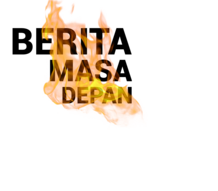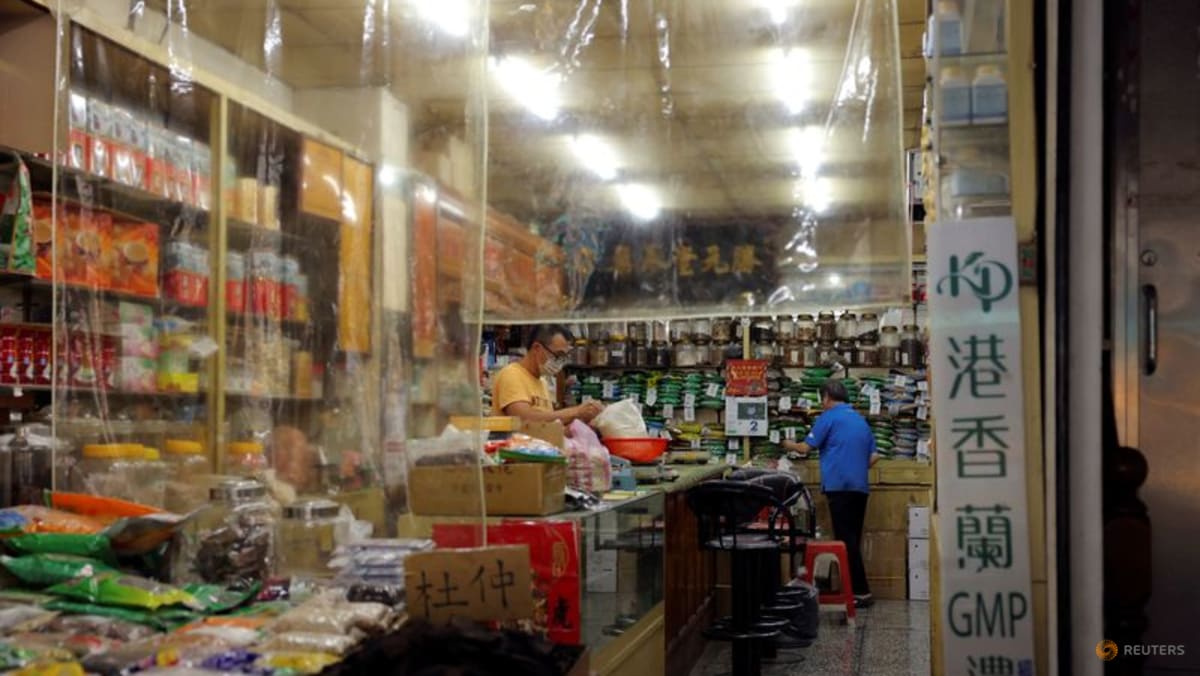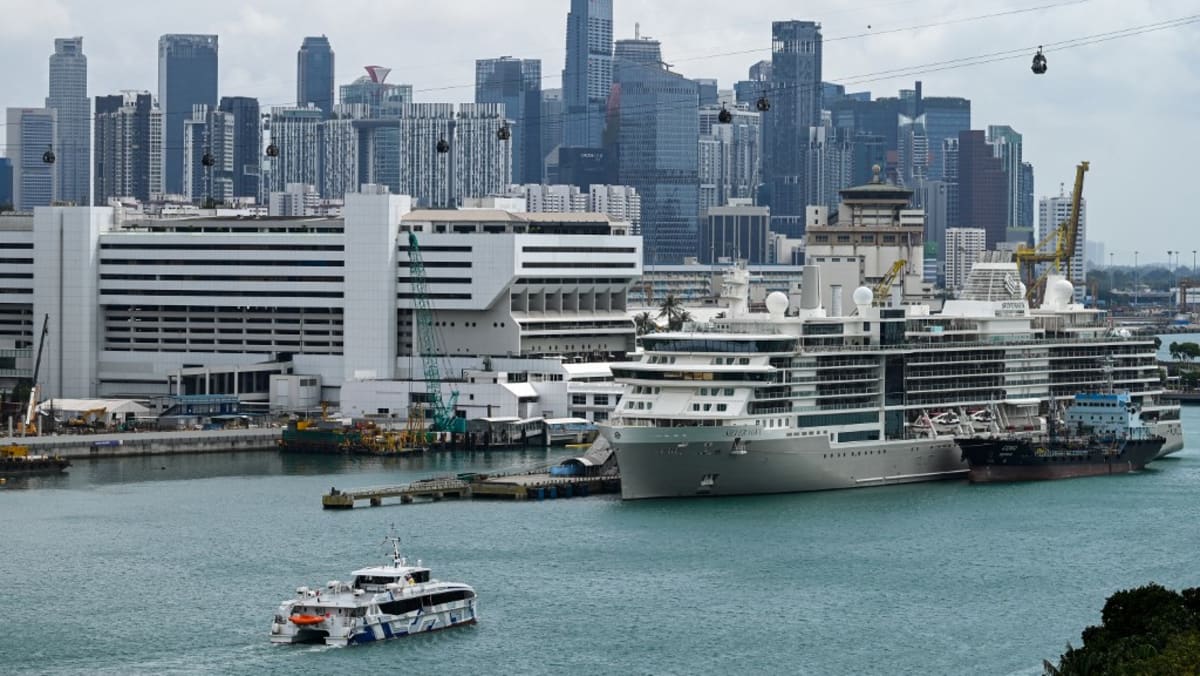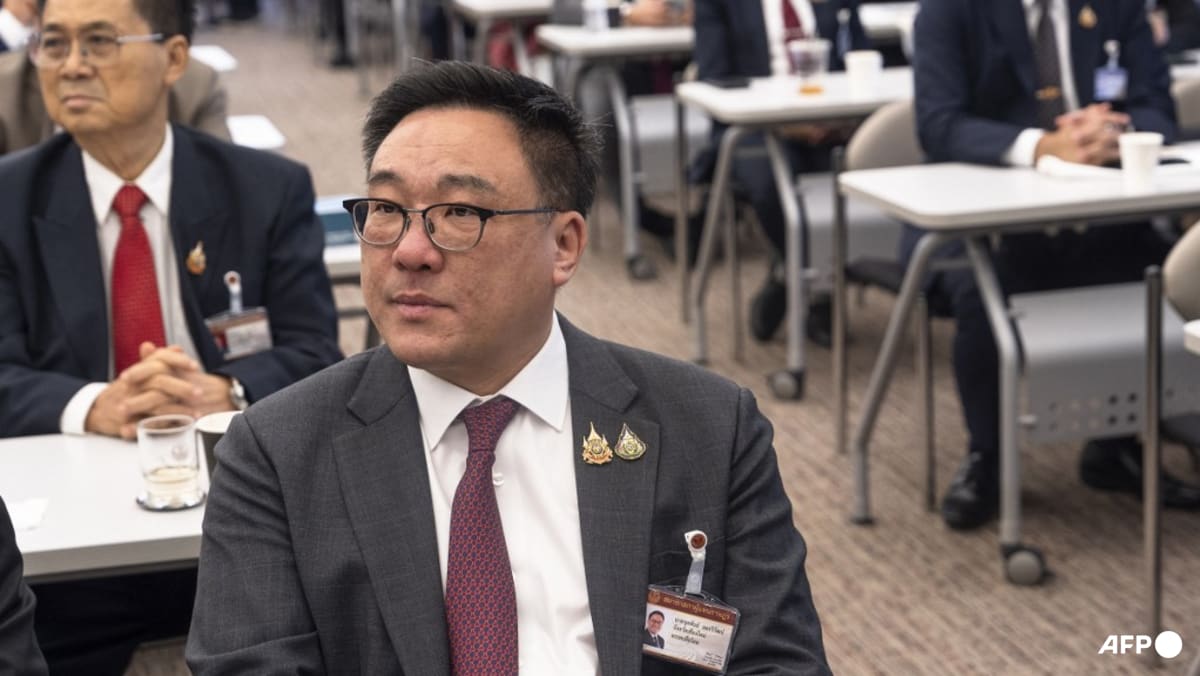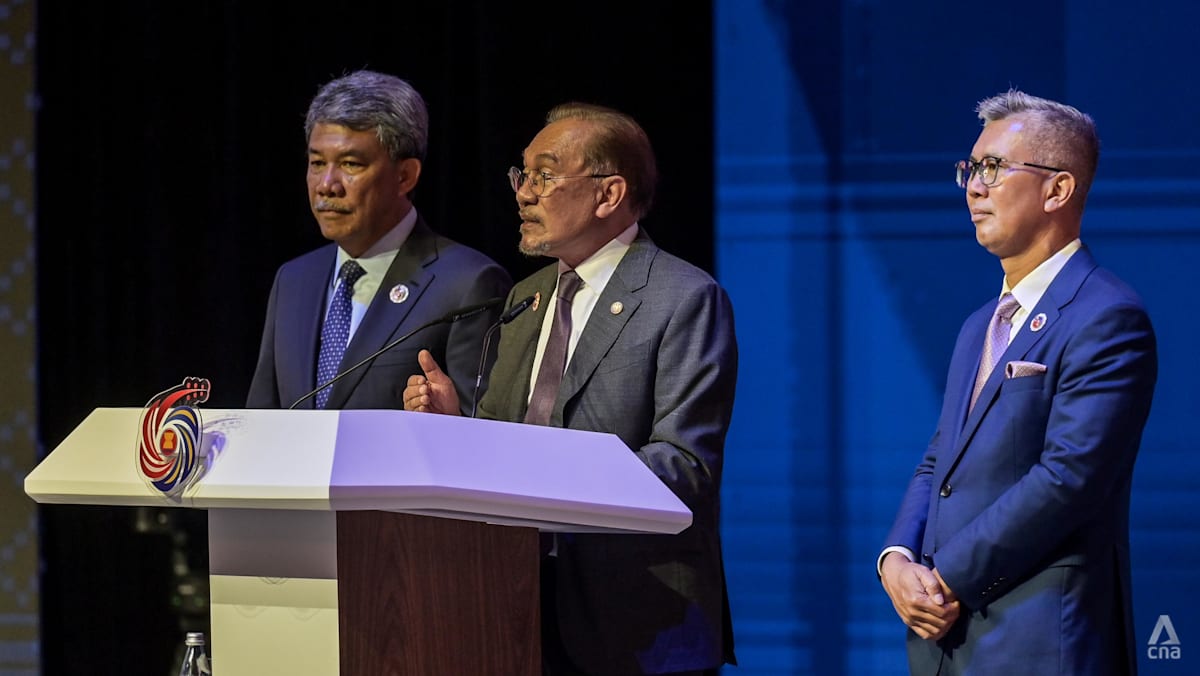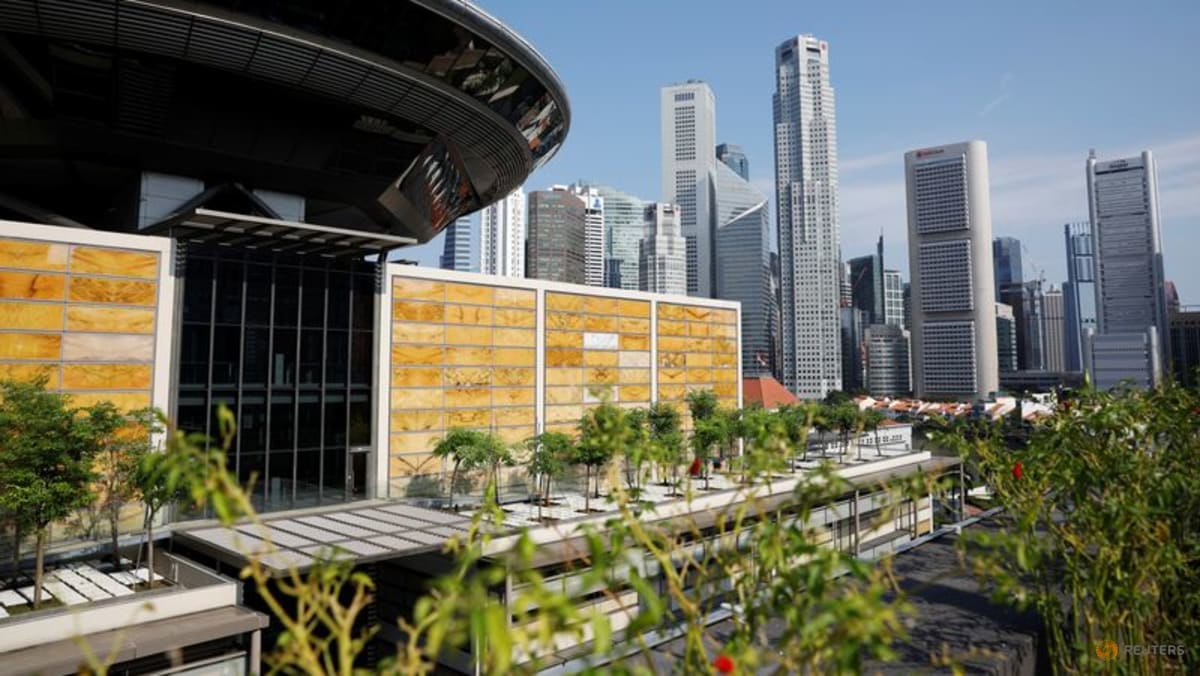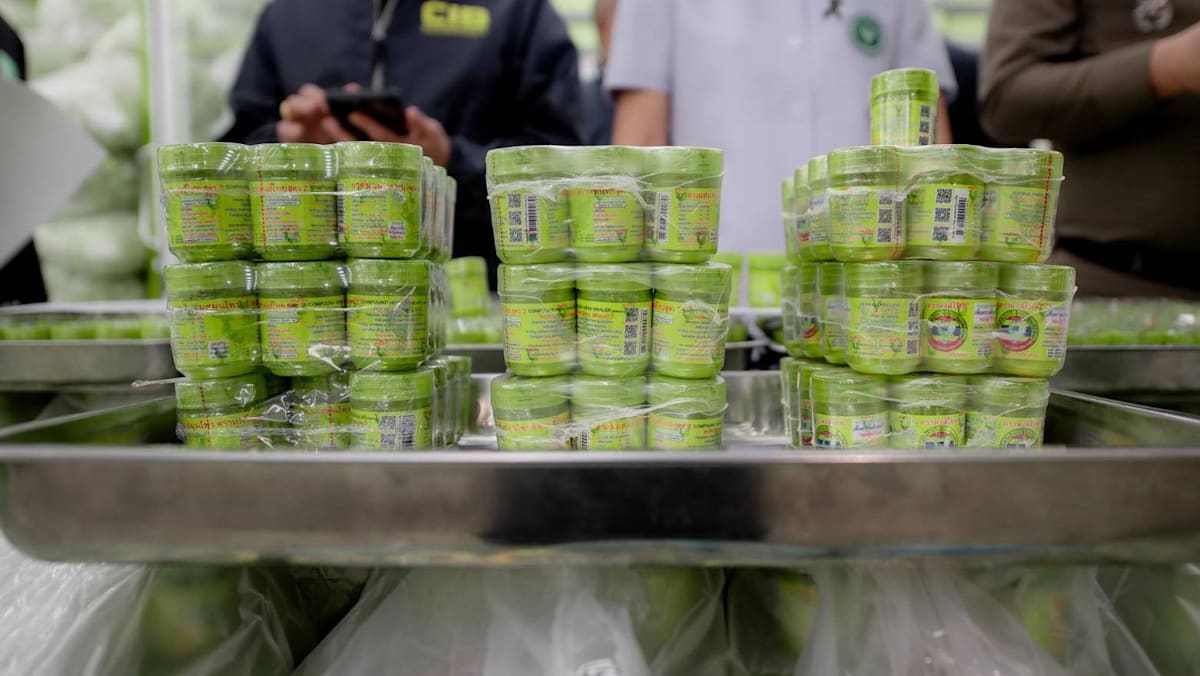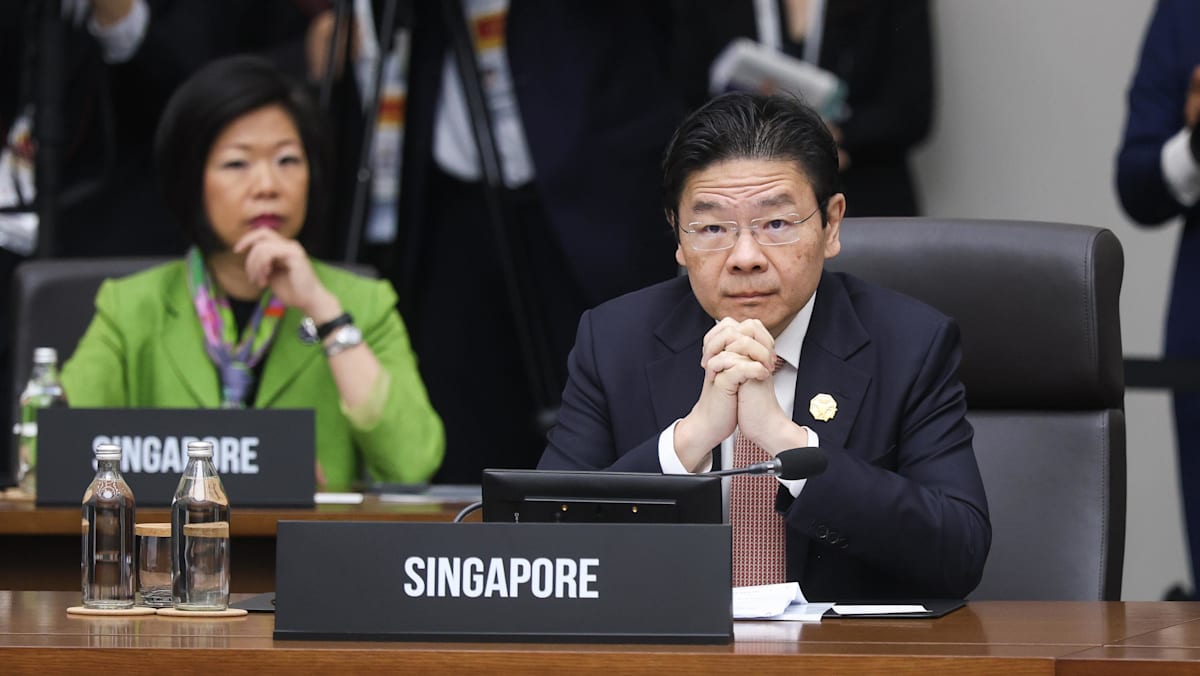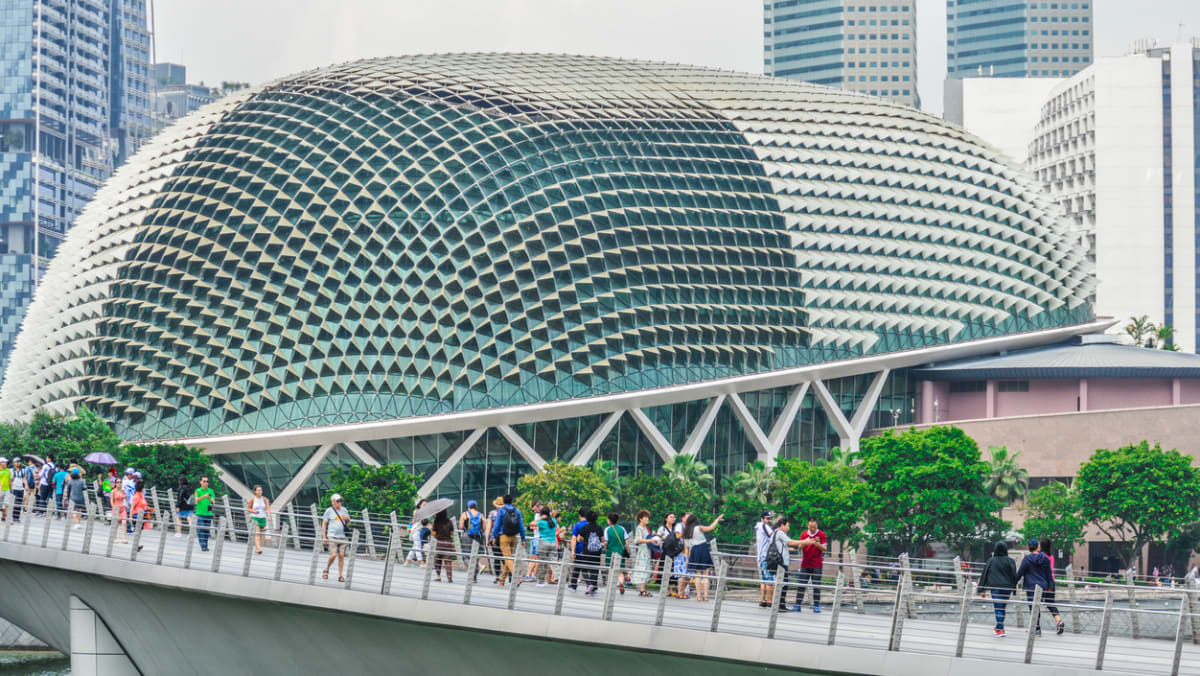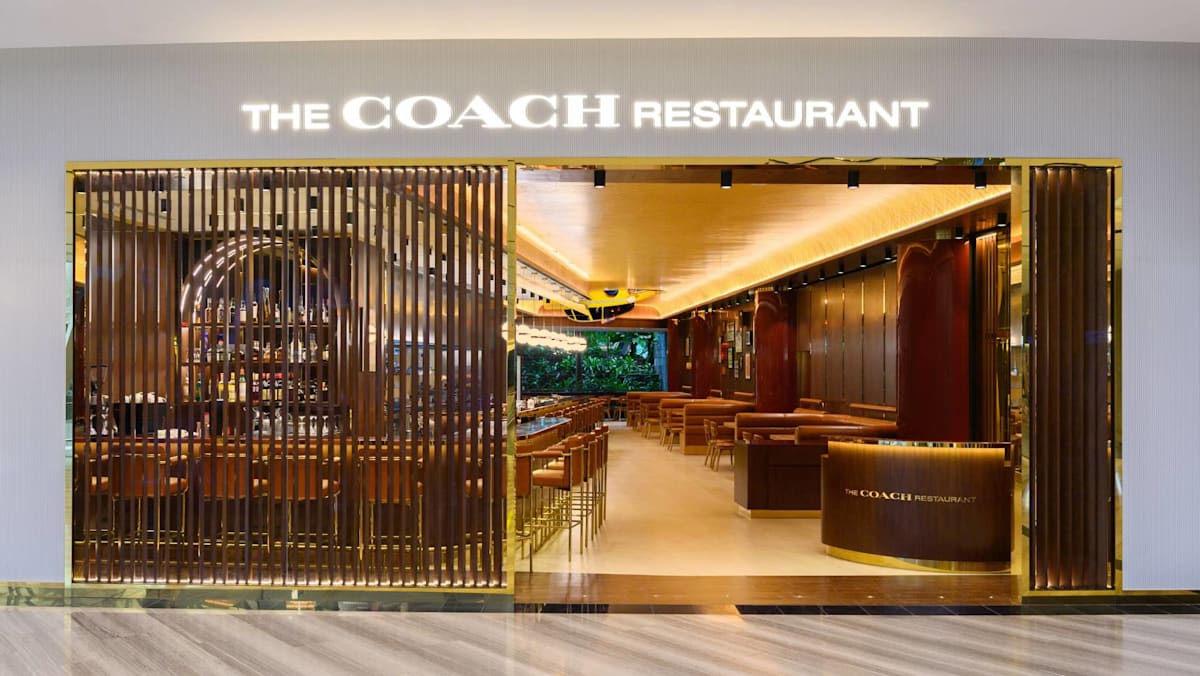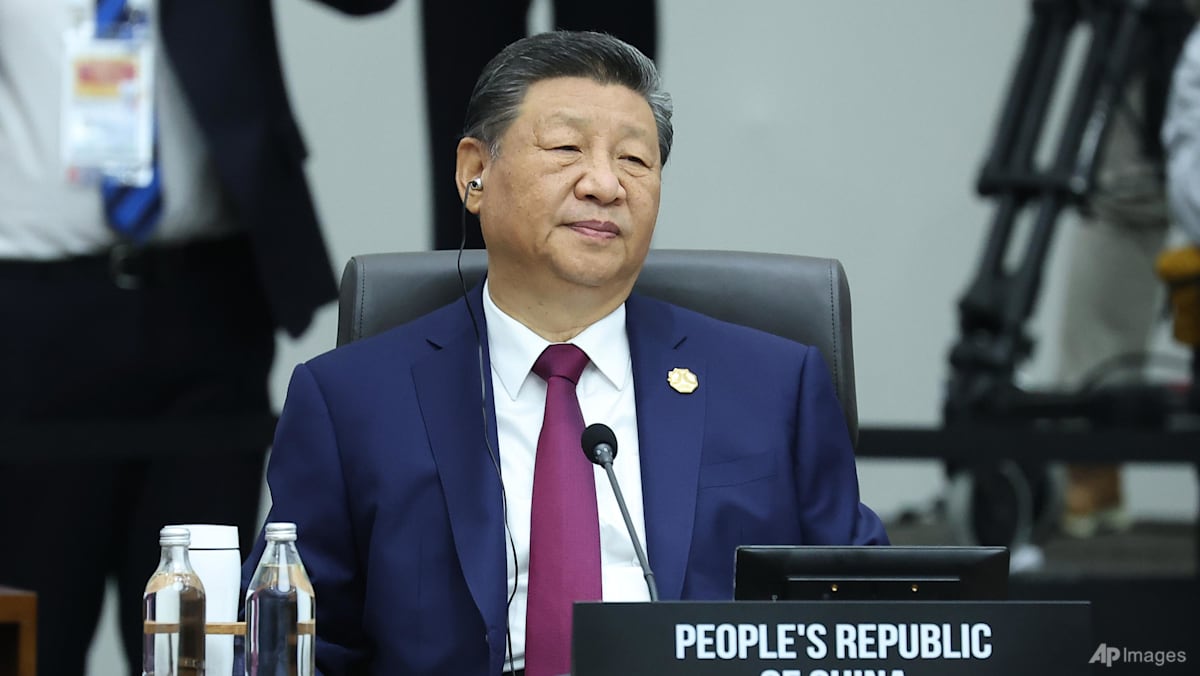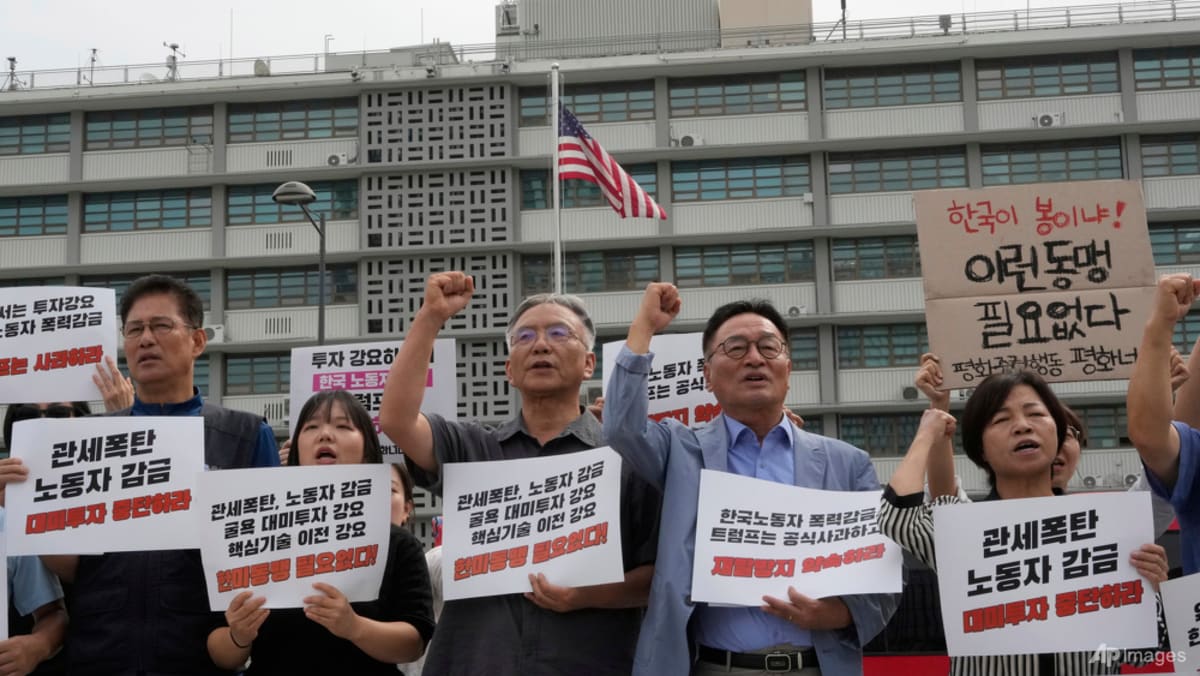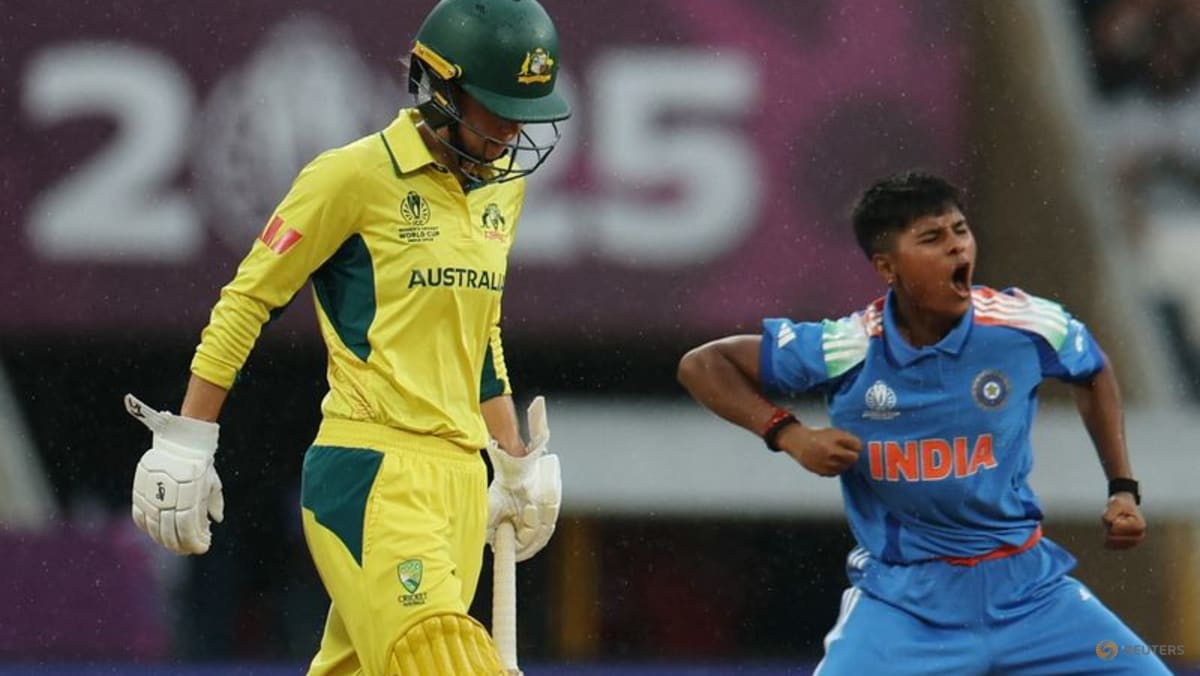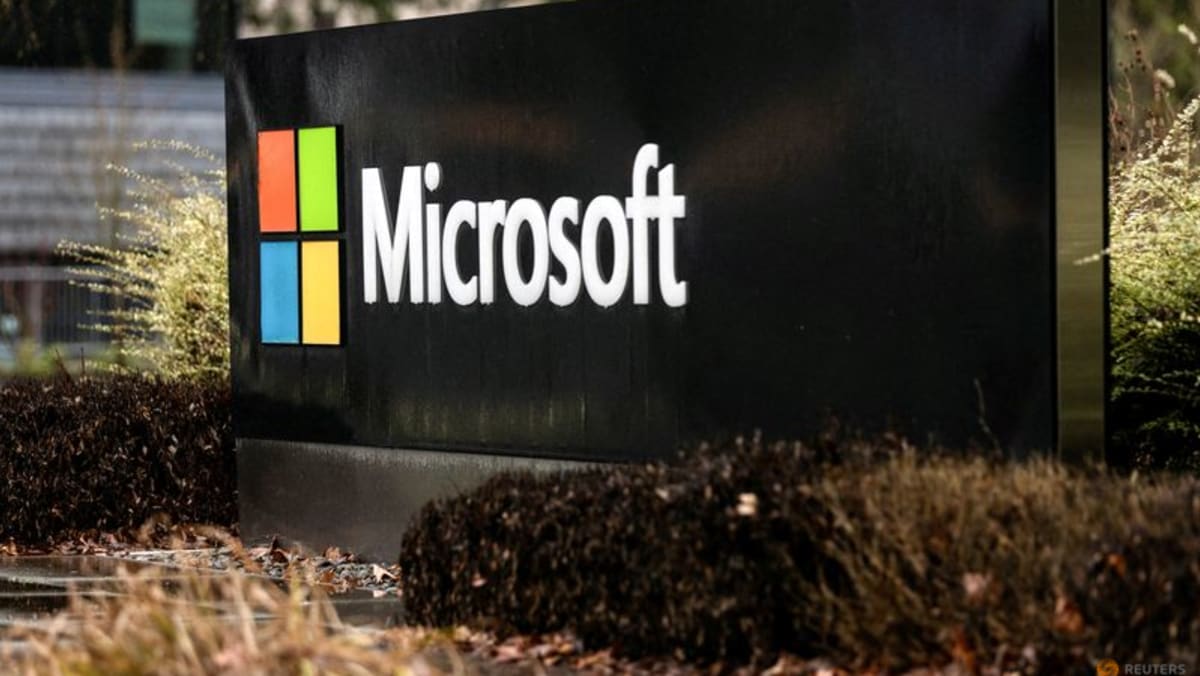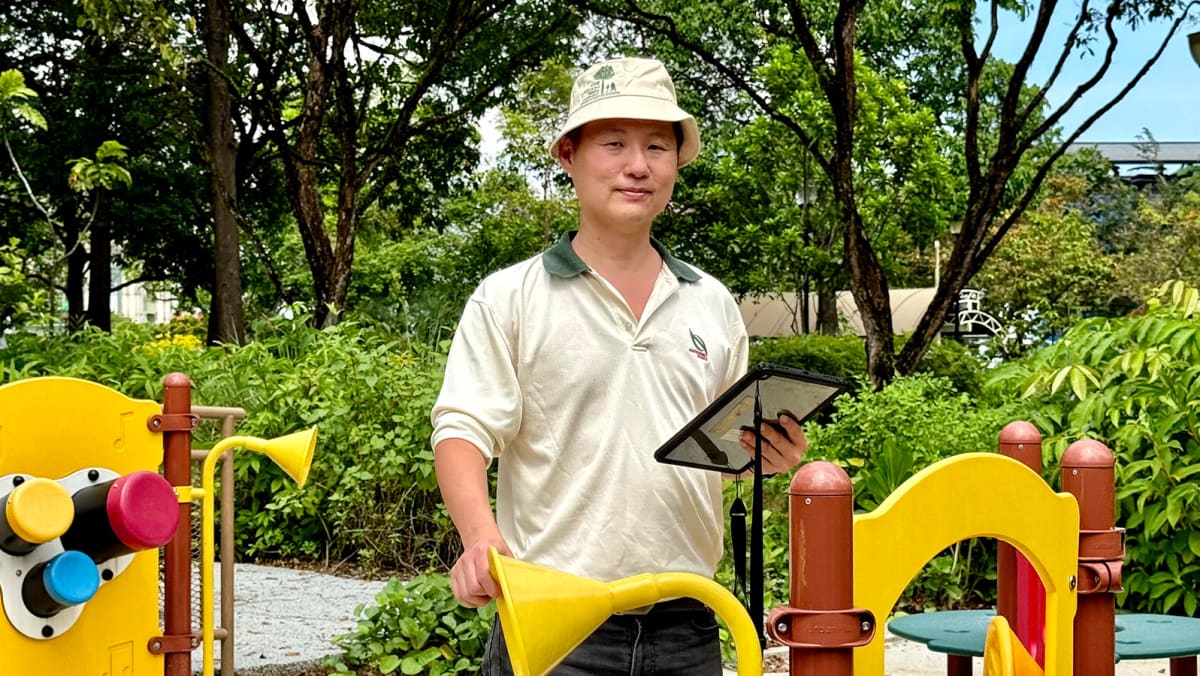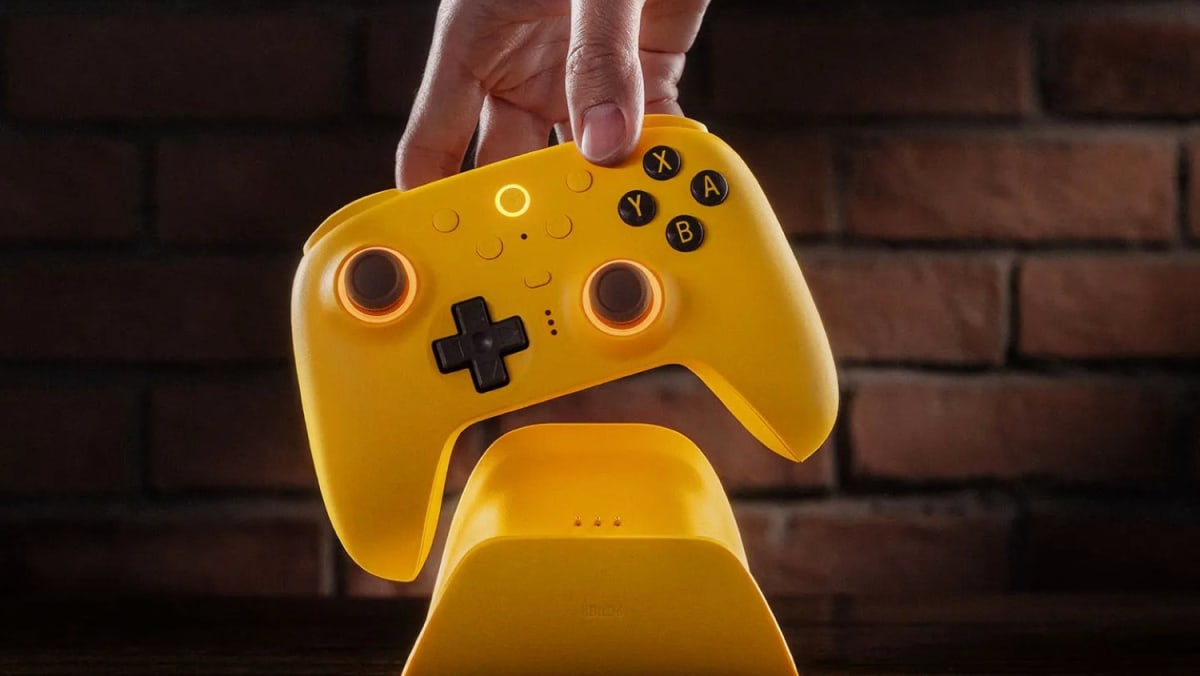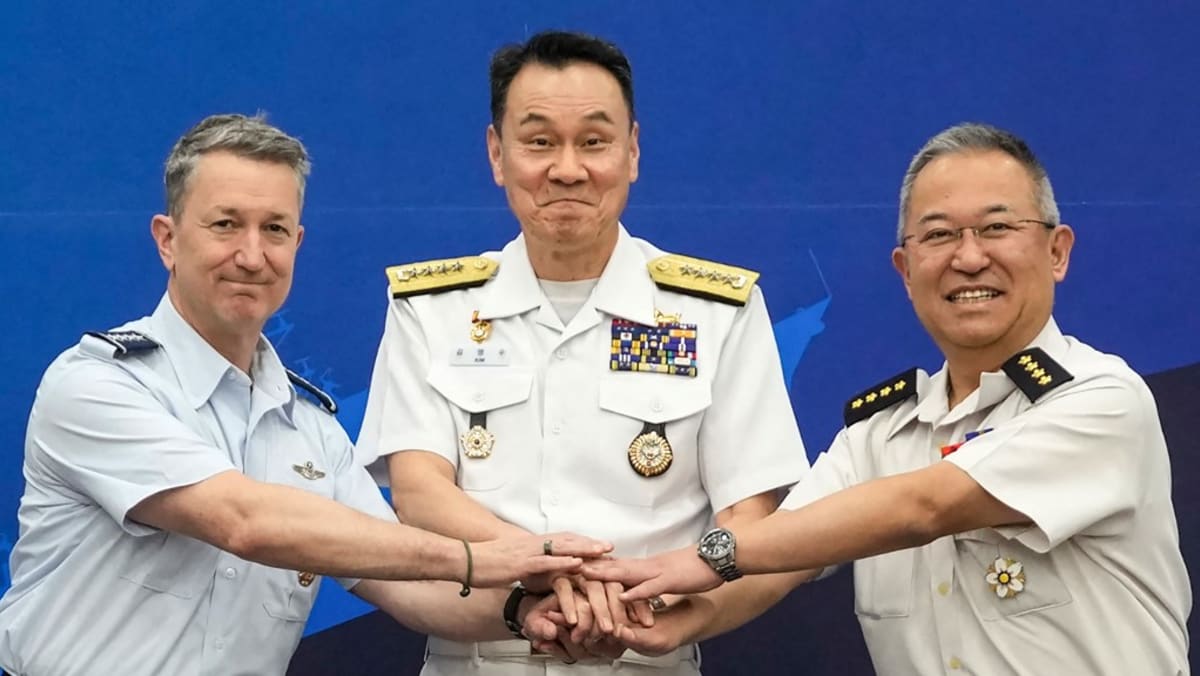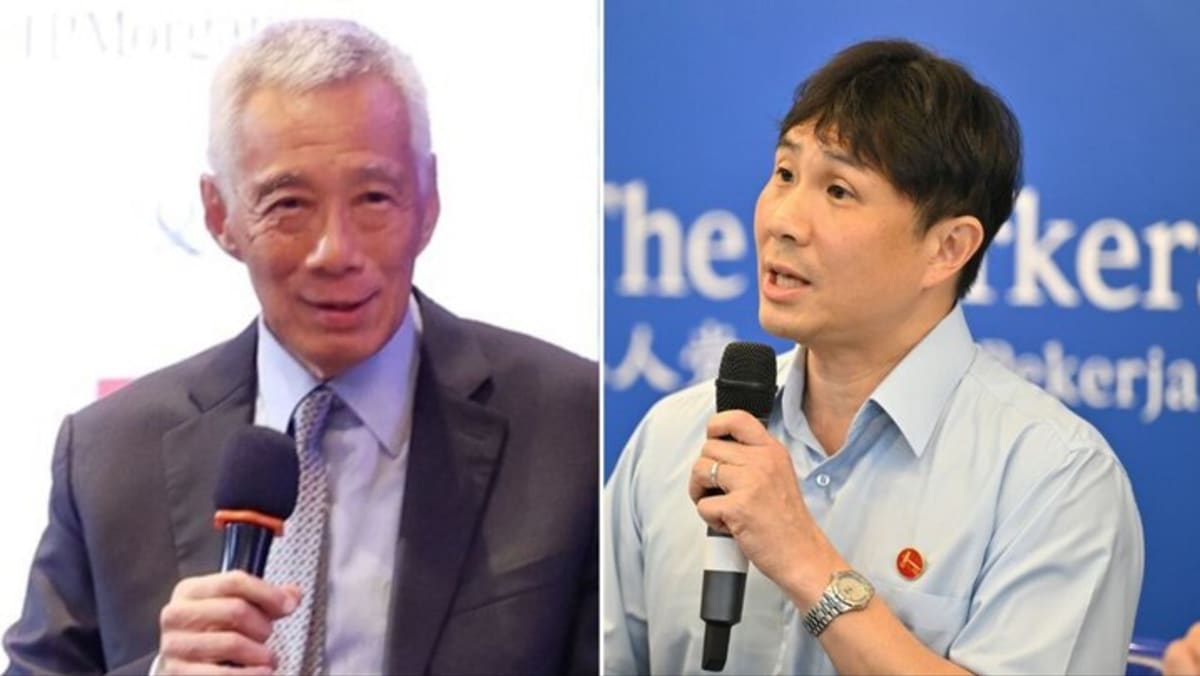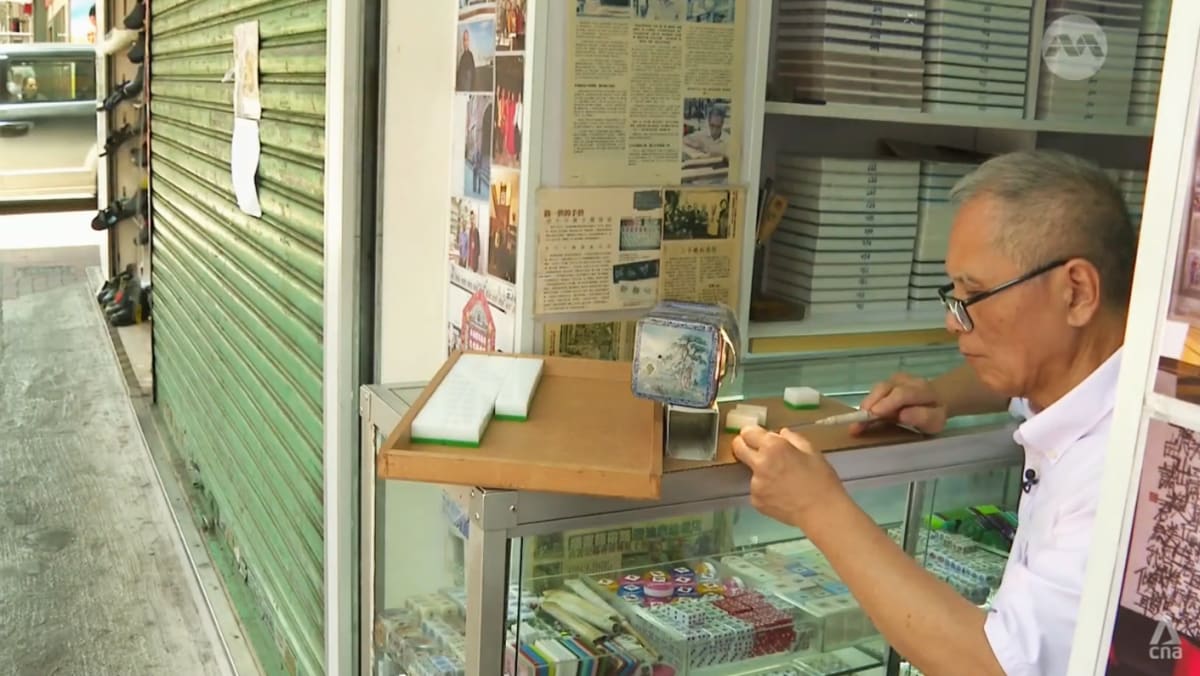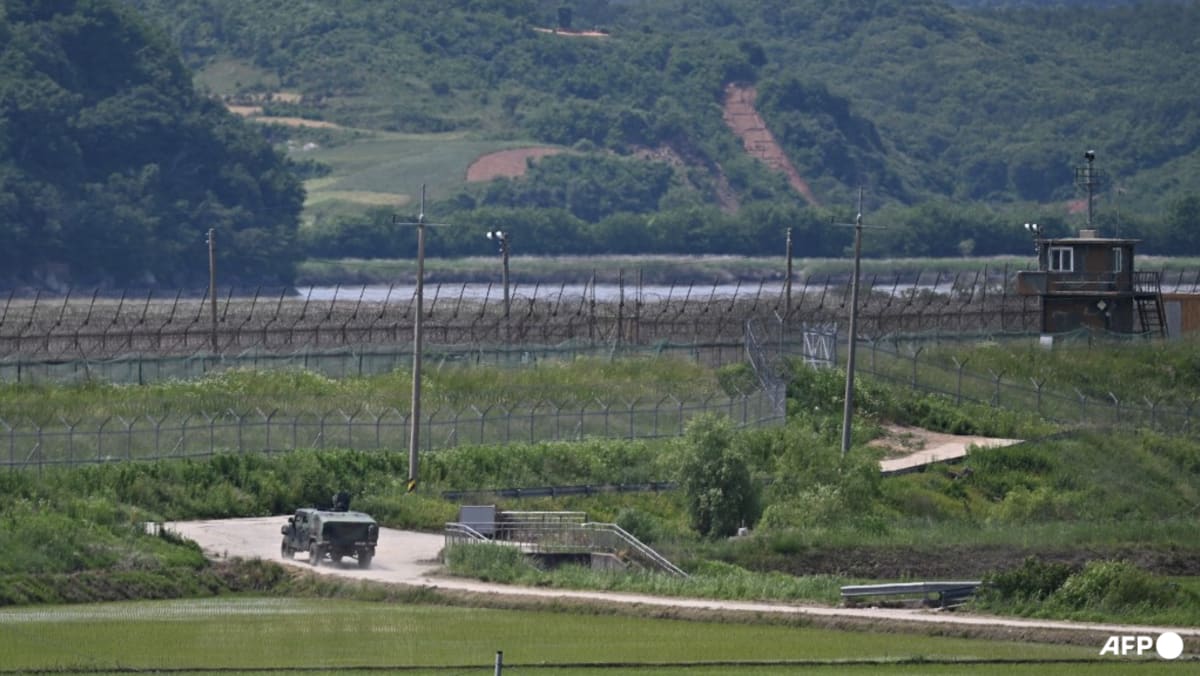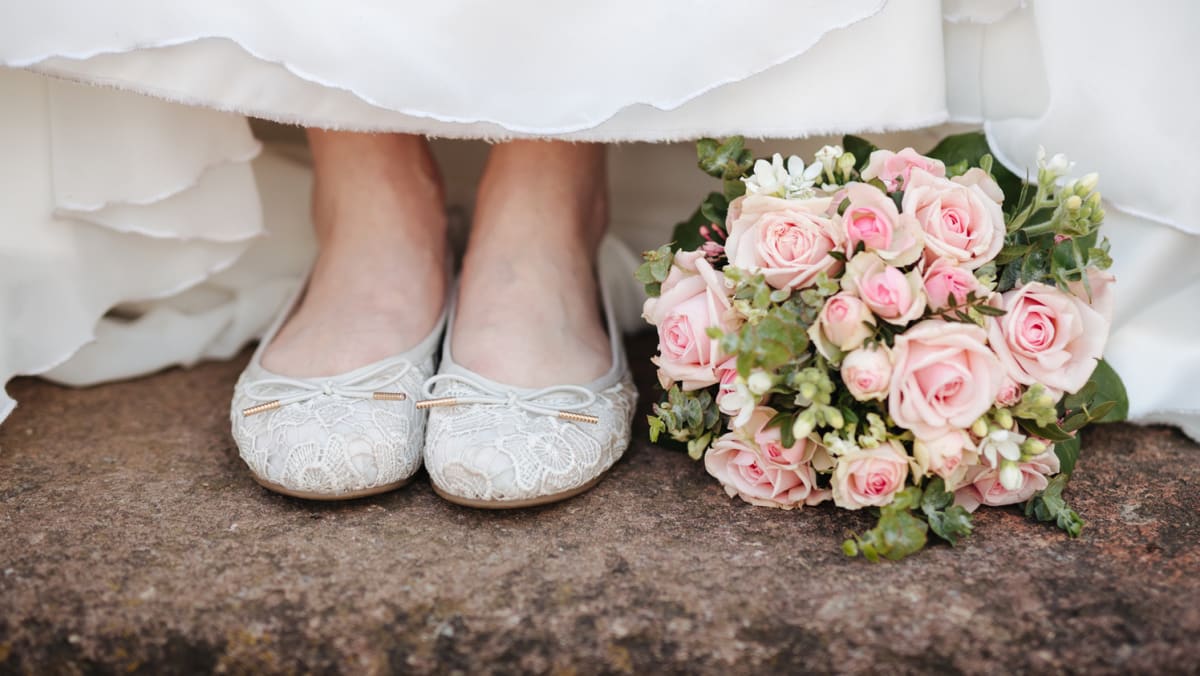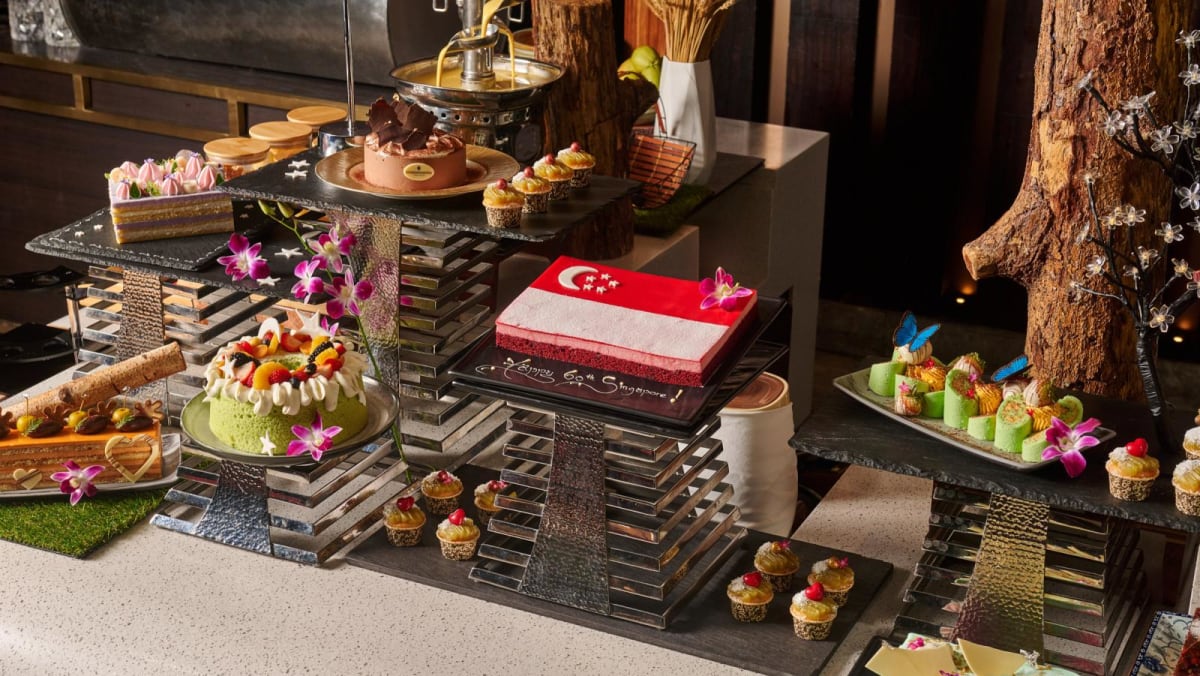Fighter aircraft purchases reflect a broader push for military autonomy at a time of rising great power rivalry and supply chain concerns, says a Lowy Institute researcher.
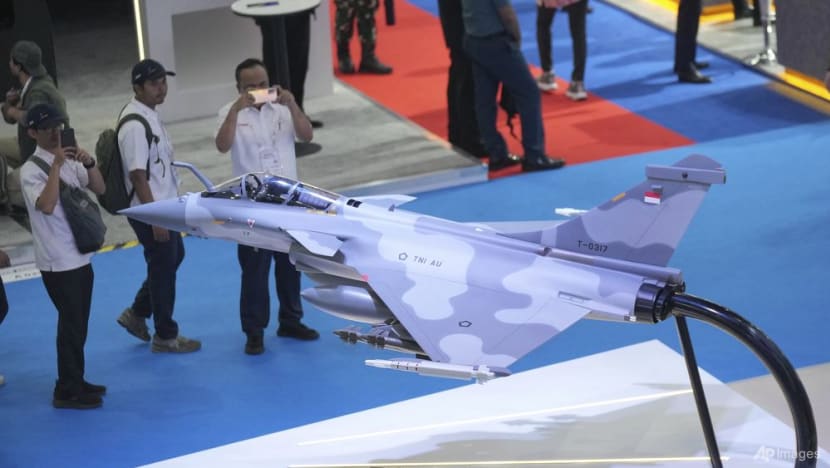 A replica of French-made Dassault Rafale fighter jet in Indonesian Air Force livery displayed at Indo Defence Expo & Forum, in Jakarta, Indonesia, Jun 11, 2025. (AP Photo/Tatan Syuflana)
A replica of French-made Dassault Rafale fighter jet in Indonesian Air Force livery displayed at Indo Defence Expo & Forum, in Jakarta, Indonesia, Jun 11, 2025. (AP Photo/Tatan Syuflana)
SYDNEY: Southeast Asia is in the midst of a sweeping wave of air force modernisation, signalling a profound transformation in the region’s defence posture. From Indonesia and Malaysia to the Philippines and Thailand, governments are investing heavily in new combat aircraft.
The region's air force modernisation push comes after decades of underinvestment and reliance on ageing platforms. Many Southeast Asian countries still operate legacy systems such as Vietnam’s Su-22s (transferred by the former Soviet Union in the 1980s), Indonesia’s F-16s (several were acquired in the late 1980s), and Malaysia’s Hawks (acquired from the United Kingdom in 1990).
These combat aircraft are increasingly obsolete in the face of high-speed, complex military operations that rely on information technology and networked communications to improve decision-making and combat effectiveness. In response, governments are now seeking more modern fighters to replace their outdated fleets.
For example, Indonesia is undertaking the most expansive overhaul of its fleet, with plans to operate 64 Rafale fighters from France as well as buying dozens more jets from South Korea, Türkiye and the United States. Malaysia also plans to upgrade its fleet with jets from South Korea and second-hand US aircraft from Kuwait, while Singapore plans to acquire more F-35s, including the vertical take-off/landing variety.
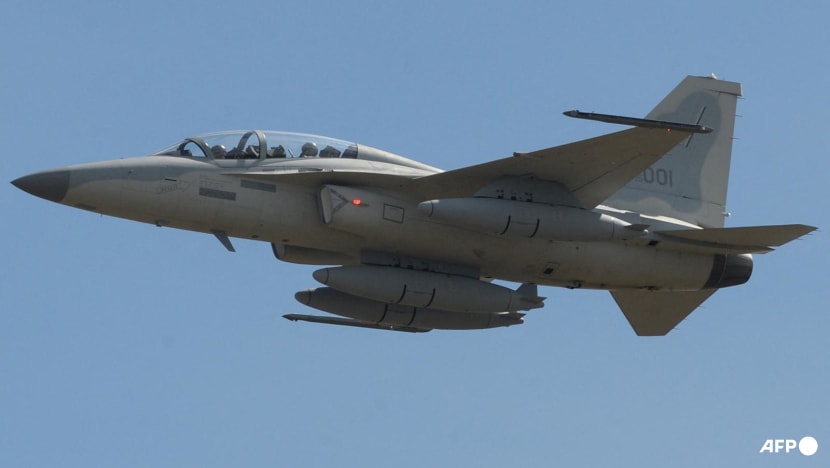 A Philippine Air Force FA-50 multirole light fighter aircraft flies past at the Clark Air Base in Angeles City, Pampanga province, the Philippines, on Nov 18, 2015. (File photo: AFP/Ted Aljibe)
A Philippine Air Force FA-50 multirole light fighter aircraft flies past at the Clark Air Base in Angeles City, Pampanga province, the Philippines, on Nov 18, 2015. (File photo: AFP/Ted Aljibe)
AVOIDING RELIANCE ON THE US
Acquiring combat aircraft from sources other than Russia and the United States seems to be the trend in Southeast Asia.
South Korea appears to be a favourite destination for Southeast Asian states looking to upgrade their air forces. The Philippines, with its territorial disputes with China in the South China Sea escalating, is acquiring an additional 12 South Korean FA-50s, doubling its fleet of the aircraft.
European suppliers are not left behind, with Thailand adding another 12 Swedish-built Gripen fighter jets to its inventory, while Czechia is supplying 12 L-39NG aircraft to Vietnam.
These acquisition plans demonstrate the efforts of Southeast Asian states to modernise their air forces while also avoiding reliance on the US as a primary supplier.
Cost is one issue driving this shift, as a US-built weapon platform tends to be more expensive. Southeast Asian states must carefully balance defence spending with pressing social and economic needs. While high-profile acquisitions grab headlines, many air force modernisation efforts remain hampered by inconsistent funding, bureaucratic inefficiencies and logistical hurdles.
CONSIDERATIONS BEYOND ACQUISITION
Moreover, questions of sustainability – such as maintenance, pilot training, and spare parts – often receive less attention than the initial purchase itself. Malaysia is one example. In 2018, it was reported only four out of the 28 Russian combat aircraft that Malaysia owned were able to fly.
There is also the issue of supply chain security, with many of the new acquisitions signalling a strategic shift aimed at reducing overdependence on any single foreign power. In this context, diversifying military partnerships becomes a strategic necessity rather than a luxury. European arms suppliers, including France and Sweden, as well as South Korea, have become attractive partners, offering flexible financing and less political baggage than the United States or China.
Indonesia is the leading example. Since the United States imposed an arms embargo between the late 1990s and 2005 over alleged human rights violations in Timor Leste, Jakarta has sought to broaden its arms suppliers at the expense of interoperability.
Singapore, however, is an exception. The Republic of Singapore Air Force has relied primarily on US-built combat aircraft since the early 1990s, when it retired the British-built Hawker Hunters. Since then, Singapore has been operating solely on US-built weapon platforms, including A-4 Skyhawks, F-5E Tigers, F-16s, and F-15s combat aircraft. So, turning to the American-built F-35A and F-35B as part of its air force modernisation program continues the tradition.
Air force modernisation in Southeast Asia is, ultimately, about more than acquiring cutting-edge jets or missiles. It reflects a more profound desire for national autonomy and strategic deterrence. As threats evolve, from grey-zone coercion to high-tech warfare, so too must the region’s defence capabilities.
The challenge ahead is ensuring that modernisation serves as a stabilising force rather than a catalyst for conflict.
Dr Abdul Rahman Yaacob is a Research Fellow in the Southeast Asia Program at the Lowy Institute. This commentary first appeared on the Lowy Institute's blog, Interpreter.
